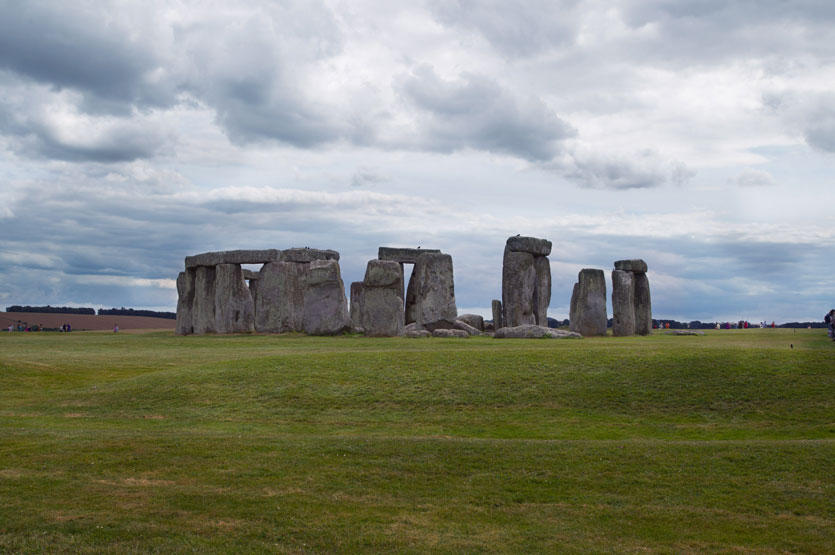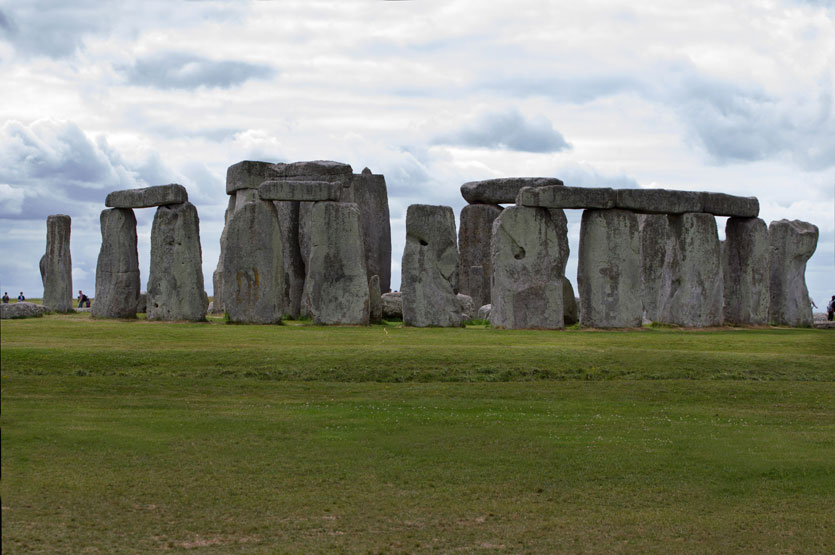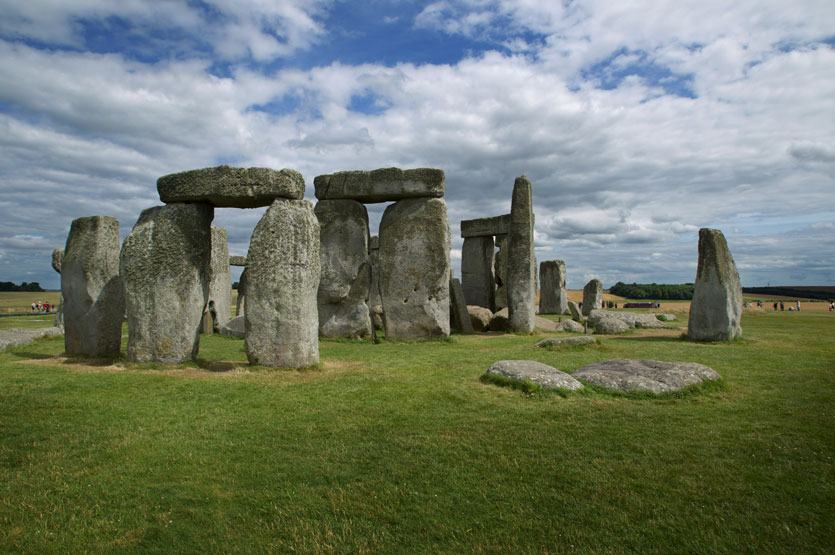Aug 01 2016.
views 468A monolithic wonder
The Salisbury plain in Wiltshire in rural England is home to Britain’s most famous megalithic structure. Stonehenge was built in several stages about 5000 years ago as an earthwork structure where prehistoric people buried their cremated dead. It is around 2500BC in the Neolithic period that the stone circle was erected in the centre of the monument. The structure comprises of 83 stones and are divided into two types of stones, the larger sarsens and the smaller bluestones. Sarsens the largest stones are up to 30 feet tall and weigh 25 tons on average while the smaller bluestones weight up to 4 tons.

Historians say that Stonehenge was built at a time of great change in prehistory when the transition to the burial of individuals with grave goods were arriving from Europe. Roman pottery, stone, metal items and coins have been found during various excavations at Stonehenge.

Astronomers have had a long relationship with Stonehenge. In 1720 Dr. Halley used magnetic deviation and the position of the rising sun to estimate the age of Stonehenge. He concluded that the date was 460BC and in 1771 John Smith opined that the estimated total of 30 sarsen stones multiplied by the 12 astrological signs equalled 360 days of the inner year while the inner circle represented the lunar month. Researched have concluded that those who built Stonehege had to be extremely sophisticated in mathematics and geometry. It was aligned with the midwinter sunset and the midsummer sunset. It was also aligned with the most northerly setting and the most southerly rising of the moon.
Some historians have been speculating about the origins and purpose of Stonehenge for centuries. Many medieval Britons found favour with the theory set forth by Geoffrey of Monmouth that Stonehenge was the work of legendary wizard Merlin.

An archaeological study conducted by Henry of Huntingdon in 1130AD first mentions Stonehenge or Stanenges as it was called then. In 1610 it became known as Stonehenge. In the 1880s Charles Darwin carried some of the first scientifically recorded excavations at the site and concluded that earthworms were largely to blame for the Stonehenge stones sinking through the soil.
Today Stonehenge is on the list of UNESCO World Heritage Sites and it is one of Seven Wonders of the Medieval World.
0 Comments